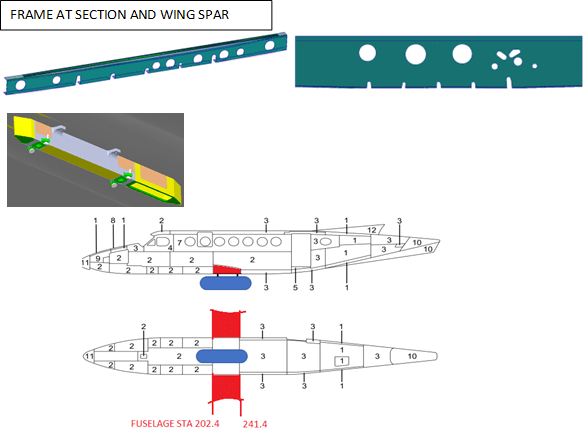Hello,
I am working for a small company installing equipment on a FAR 23 aircraft fuselage. The installation includes antenna and external pod affecting the fuselage skin stringers and frames. Since we have no access to the OME stress reports, internal loads, external loads, I wonder what design and analysis approach I can use to ensure compliance and FAR 23 STC certification
I am working for a small company installing equipment on a FAR 23 aircraft fuselage. The installation includes antenna and external pod affecting the fuselage skin stringers and frames. Since we have no access to the OME stress reports, internal loads, external loads, I wonder what design and analysis approach I can use to ensure compliance and FAR 23 STC certification

